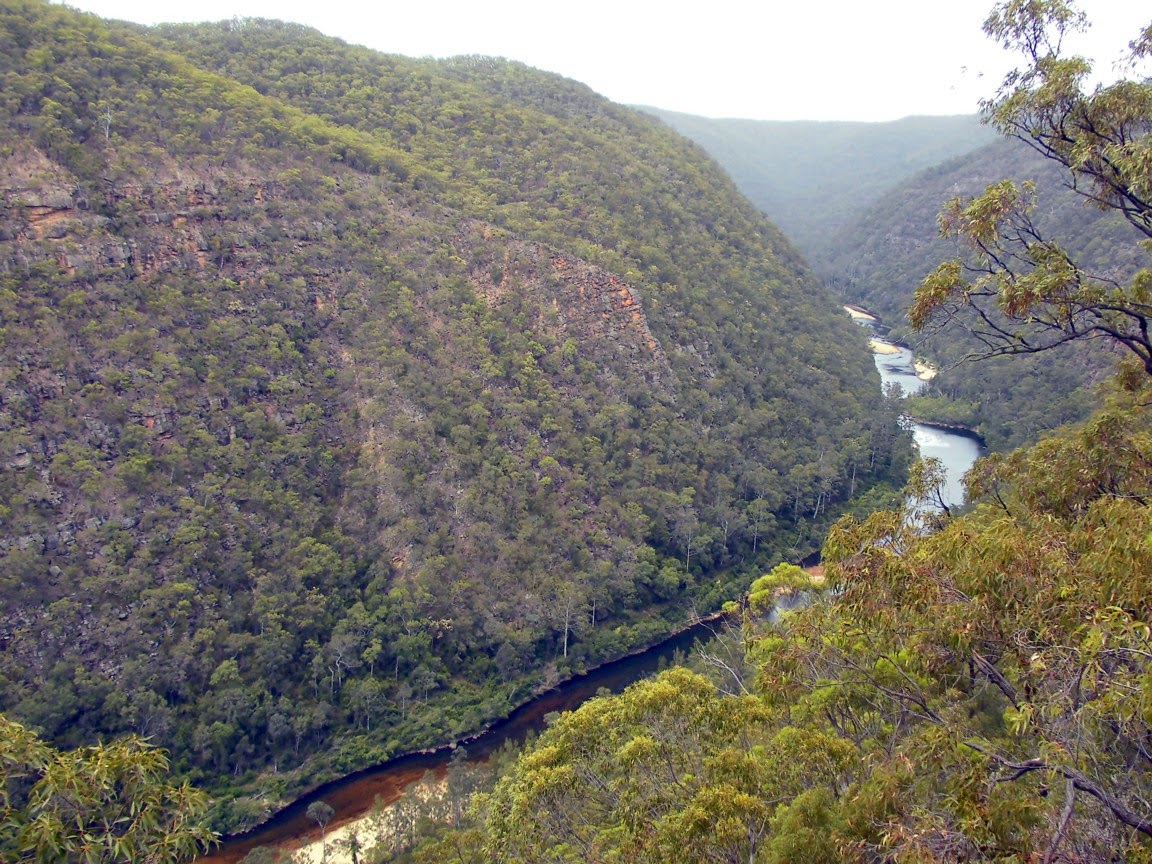I'm a bit partial to the odd history lesson, at least if it's given in a simple enough, pictorial way, and with maybe a touch of partisanship and passion. So when I turned up at the old Dutch fort in Yogyakarta, and discovered it had been turned into a museum of Indonesian independence (independence from the Dutch, that is), I thought I'd take a look.

Most of it consists of big rooms which house about 40 dioramas which tell the story.
The first diorama features the early independence hero, Prince Diponegoro. He was a member of Jogja's royal family and was a major figure in the Java War of the 1820s. He was invited to peace talks, but when he showed up he was just arrested and exiled, we're told. The Jogja royal family played a pivotal role later on in supporting the independence movement, and the city generally was a hotbed of it.


We're then led through the setting up of local cultural and educational organisations, and then independence organisations and political parties. Things changed rapidly during World War 2 though, with the Japanese occupation. There was intensive activity aimed at getting ready to take over from them as soon as they left, and two days after the Japanese surrender on 15 August 1945, independence was declared, by leaders Sukarno, Hatta, and Soebardjo.
It might have been declared then, but the victorious British had other ideas. The British had been fighting not only the Japanese, but also the Indonesian nationalists (and managed to bomb and set fire to the buildings either side of one of the nationalist radio stations).
So in early 1946 those Dutchmen came marching back in to rain on the independence parade. It was nearly four more years before they saw the light and got out again, due to the pressures of armed resistance, international support for independence, and a lack of will and funds among the Dutch people themselves.
Indonesia's recent history has continued to be complicated, colourful, and painful. I was reminded of one chapter of it while walking back to my hotel that afternoon. All the flags were at half mast. I asked somebody why, and it turned out it was the annual commemoration of the events of 30 September, 1965. That was the start of a coup attempt, which was blamed on the Communist Party. This became the excuse for the right wing coup of General Suharto, which led to the deaths of hundreds of thousands, and ended democracy for quite some time.





















































